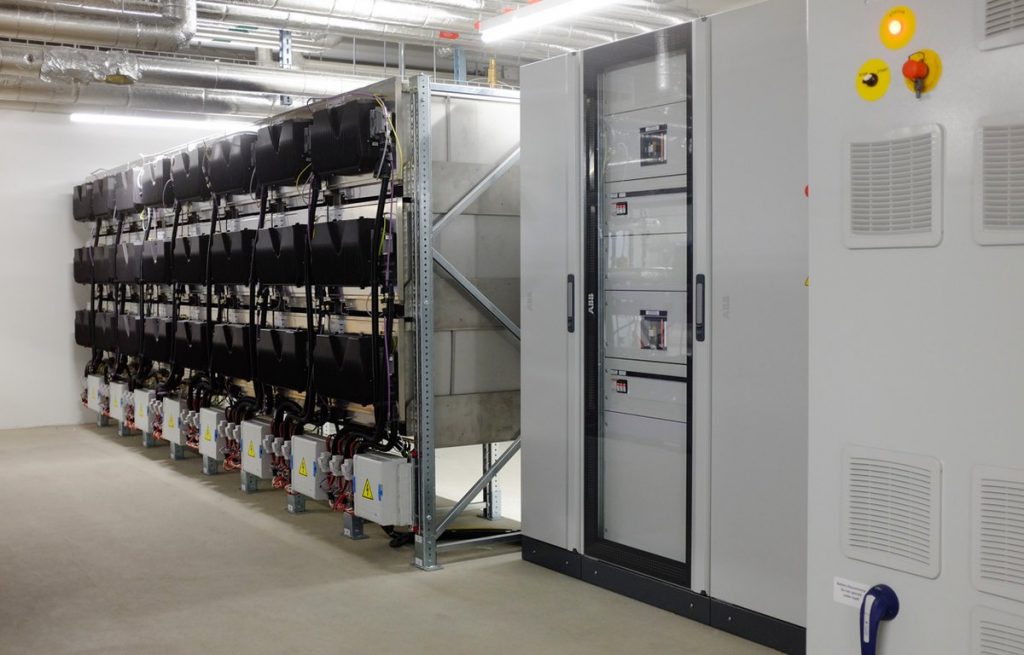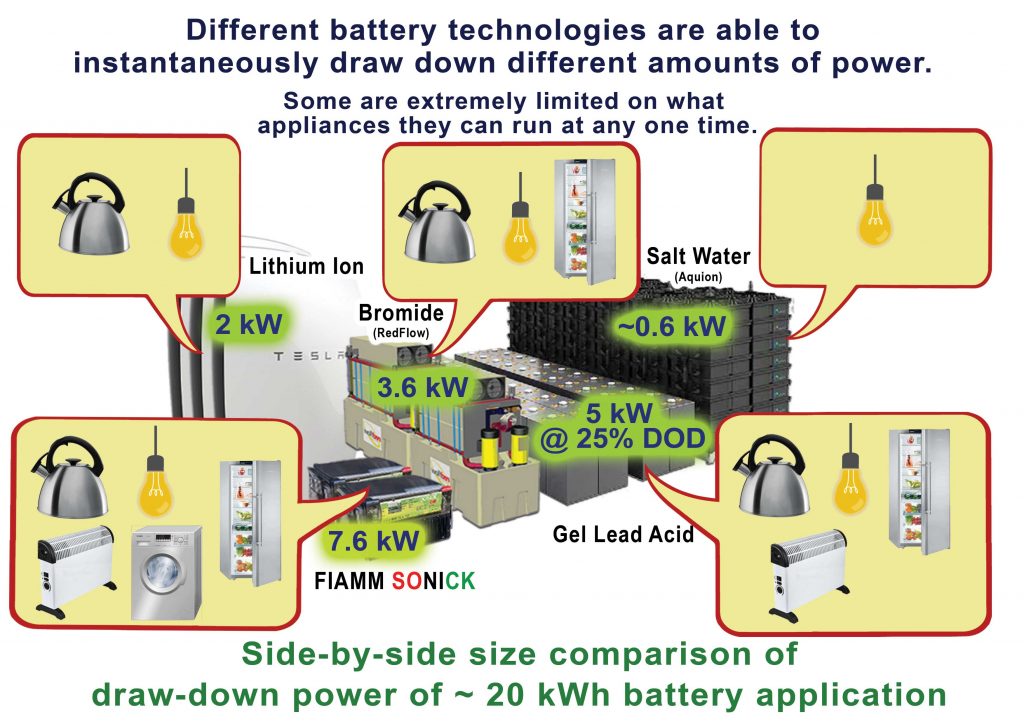
Windy winter weather tends to bring trees down on power lines, cutting off your power supply as many people in Victoria have discovered recently. During the storm that crossed Victoria on 13th February 2024 over 500,000 people lost power and a week later many people in Gippsland and the Dandenong’s are still without power and some have been told it may be some time before their power is restored.
One of the main advantages of decentralised power supplies is that you are not so reliant on things that are happening in the main power grid and can keep a power supply when other areas no longer have one.
There are many flow-on effects when the power grid fails, other than the lack of electricity to power your house or business that may not be immediately obvious if you haven’t experienced extended grid failures before.
When there is no power for many people that also means no water as pumps no longer work.
Now we live in a mainly cashless society when there is no power there is no money flow as ATM’s and electronic transactions are no longer possible. In our area, nearly all the shops had to close for this reason as they couldn’t do any transactions.
In our area also, as there was no power the local petrol station couldn’t operate which meant there was no fuel available for the generators that many people were surviving on, even if they had had the cash to make payments.
Continue reading “The case for decentralised power proven after storm power outages”








